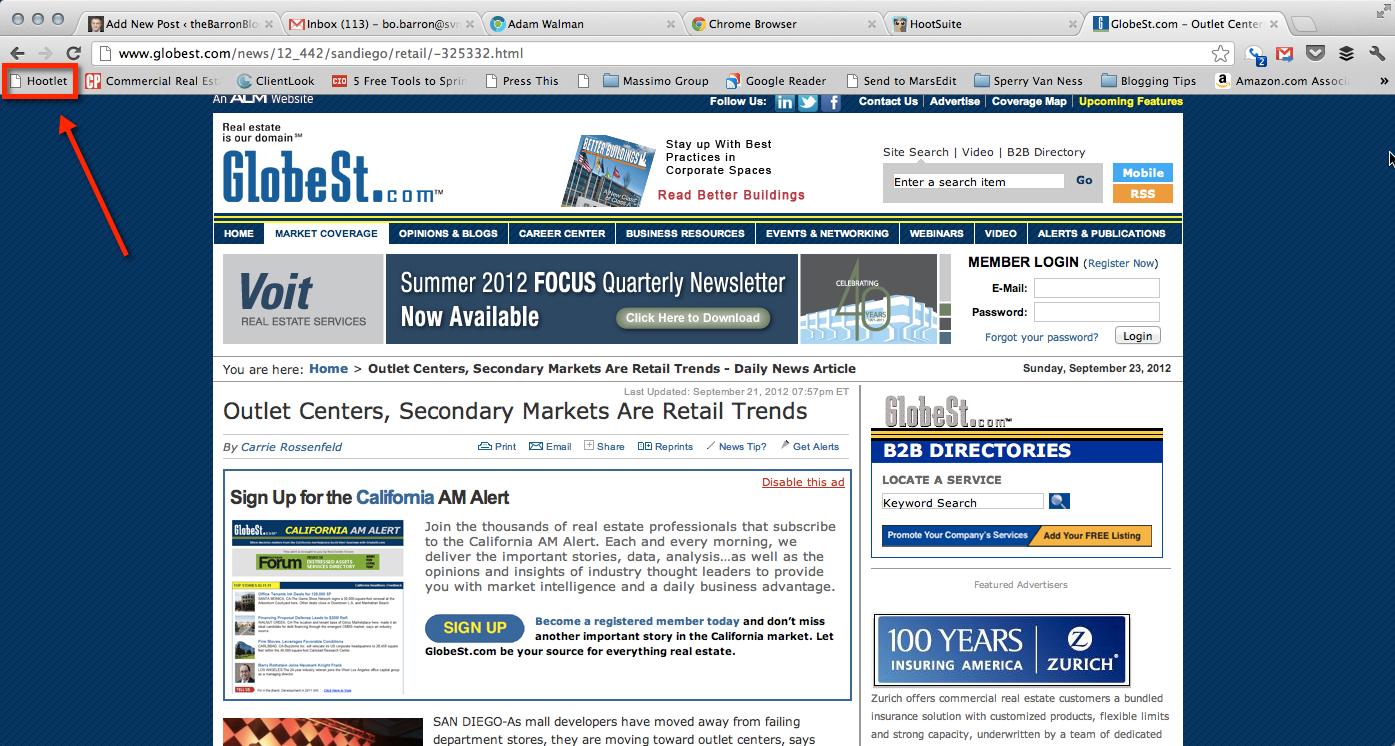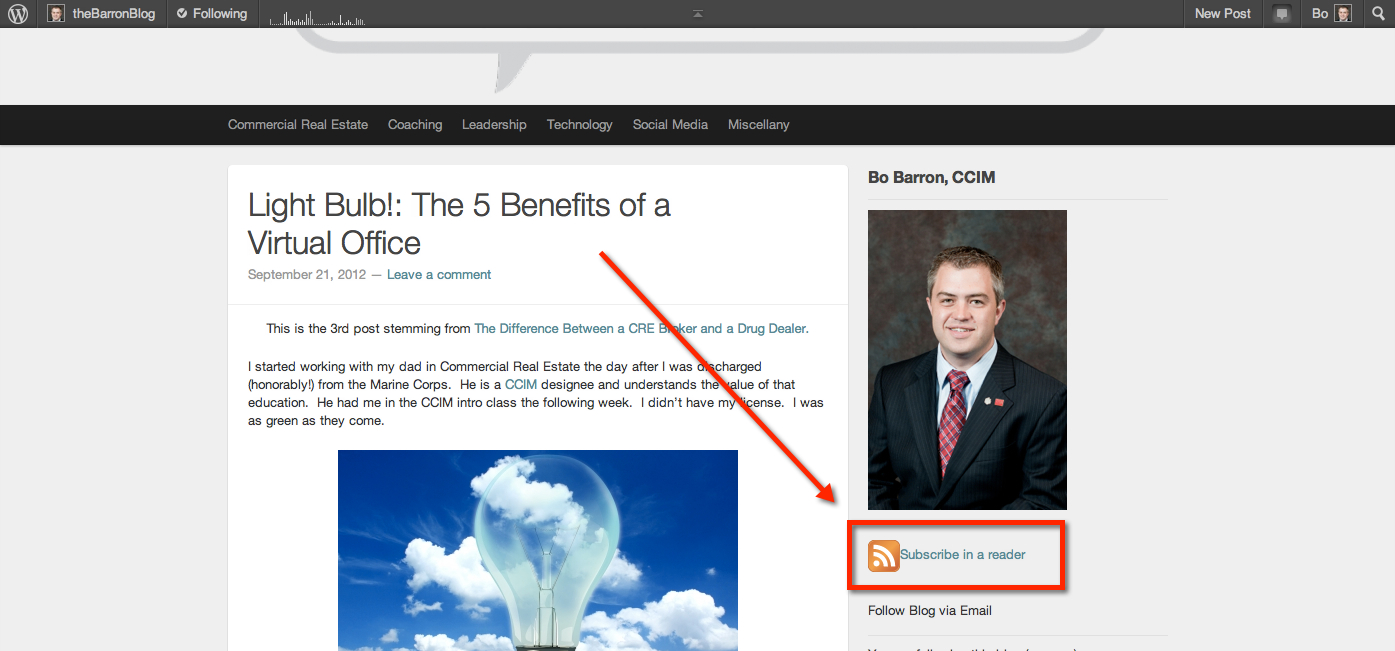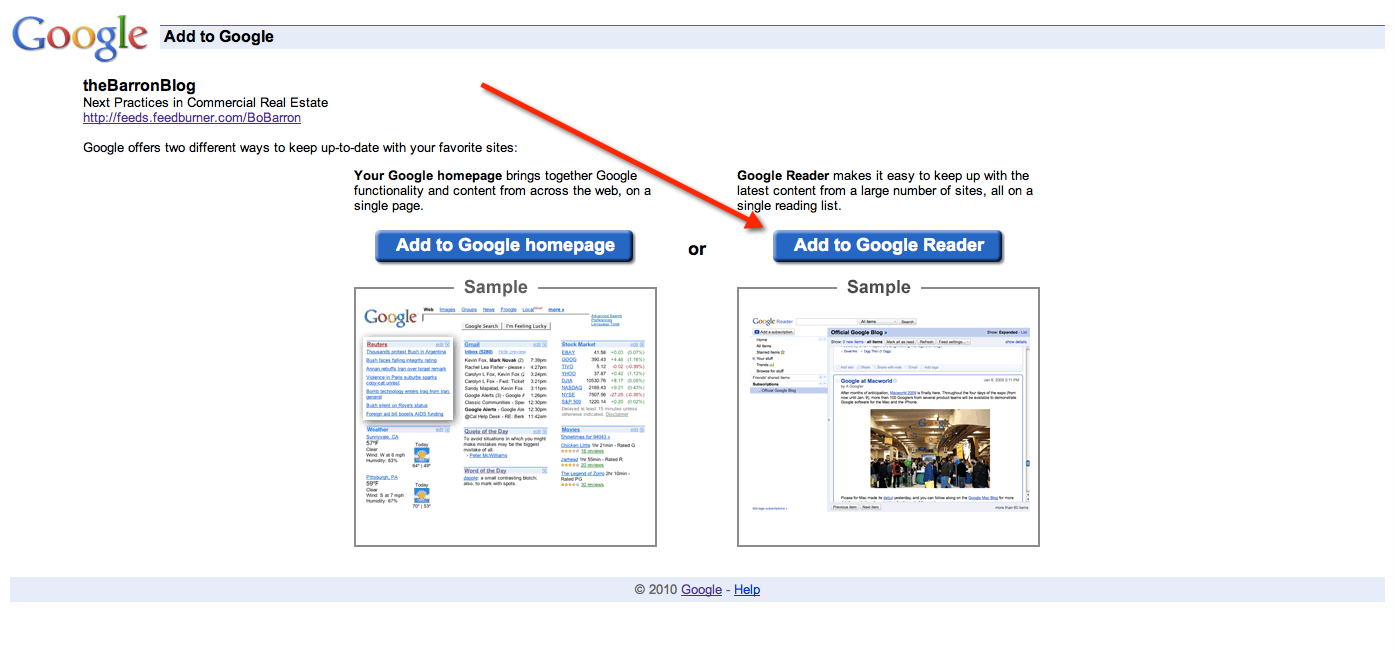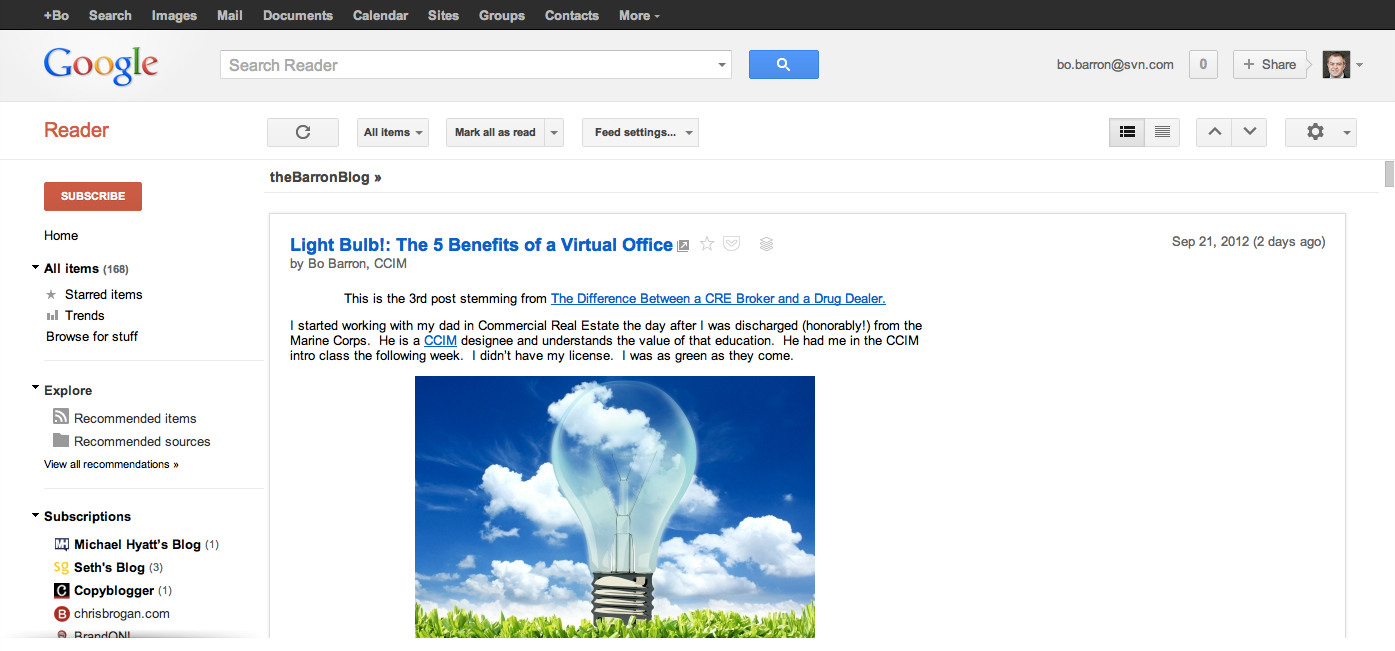In Monday’s post – The Difference Between a Commercial Real Estate Broker and a Drug Dealer – I shared the story of how I was able to drive by a Dollar General Store in the middle of Kentucky and get the owner on the phone before leaving town.

The key to pulling that off was having a paperless office. All my data is in the cloud. All my data is accessible to me anywhere my iPhone has a signal. I can access it on the fly. It means I can jump on opportunities with lightning speed. And speed kills.
In today’s post, I am going to share with you what you need to achieve the paperless office, and the steps to take to get there.
What You Need
The first thing you need is at least two monitors. Think this through with me. When you are using paper, you lay the paper on your desk, refer to it, and use your computer. To go paperless, all the paper is in digital form. Therefore, one monitor is to “lay the paper on your desk” and the other is for working. I personally use 3 monitors. I had 4 for a while, and it was overkill.
The second thing you need is a scanner. The one that I have is a Fujitsu Scansnap S1510 (affiliate link). I highly recommend it. It is ridiculously easy to use – one big shiny blue button. I scans directly into the file you choose. No emailing to yourself, downloading, and saving to a file. It also scans super fast and gets the front and backs of pages at once. It scans in color and b/w, and is durable. It is also very small so it doesn’t clutter your fabulously clean and paperless desk!
Let’s be honest – if converting your paper files is not quick and easy, you won’t do it. Having the right scanner makes the tedious conversion process so much easier.
The third thing you need is a Dropbox account. See my review of Dropbox for more information.
Steps to the Paperless Office
Now that you know what you need, here are the simple steps to achieving the bliss of the paperless office:
Step 1: Set Up Dropbox – If you don’t have a Dropbox account yet – click here and sign up. It is simple and free. There are other apps like Box.net, and others as well. Dropbox is the category leader and what I use. Download Dropbox on all your computers. Then download the Dropbox App on your phone, iPad, and everything else. Your data will sync seamlessly between them all, and you can access from anywhere on the fly. Genius!
Step 2: Design Your Cloud-Based Filing System – This step is hugely important. Before you start scanning in all your old files, map out your digital file system. Mine looks like this:

Note a couple of things. Put these main category files in order of how often they will be used. Then number them. This makes the filing and finding process so much easier. The next level of the SVN folder looks like this:

Same deal here. Put them in order of most used and number them. You are essentially making an organizational file tree. This exercise alone will give you great clarity regarding your business. When you open the ‘1 – Listings’ file, you see this:

Open the ‘Current Listings’ file and you get all my current listings:

Your tour behind the curtain ends here. The key to converting your listing files from paper to digital is simple. Duplicate the sections in the paper file into the digital file.
Step 3: Scan In All Your Paper/Files – This is tedious and takes some weeks. I could take longer depending on how far back you decide to go. Pick a date. I chose the beginning of my career – Nov. 2, 2004. Before that, I have stored paper files. After that, it is scanned.
This is a job for an assistant or a temp. Do Not Do This Yourself. You will get lost in nostalgia, and it will take forever.
Step 4: Commit – Once you get everything scanned in, commit to yourself and to your office to remain paperless. It is efficient. It is green. I only print files when I have a client requiring a copy. When you execute a new listing agreement, scan it in and give the original to your new client. Receive an offer via email? Save it directly to the appropriate file. Commit! You don’t need to print anything. It is all on your phone!
Step 5 – Back everything up, and then do it again! I back my top 5 main category files up daily. Everything gets backed up weekly in 3 place: my machine, an external hard-drive, and an off-site data center. And they back it up again daily. If you aren’t willing to be religious about backing up your data, then don’t go this route.
So what is preventing you from going paperless? This is a big transition to consider. What are the pros and cons as you see it? Let me hear your thoughts.
There was an issue loading your timed LeadBox™. Please check plugin settings.
























